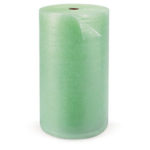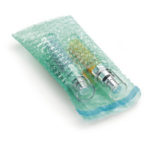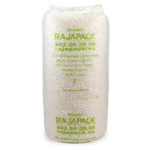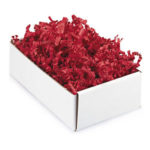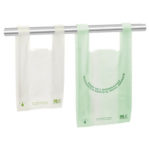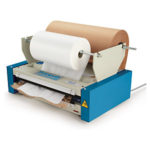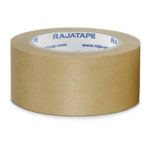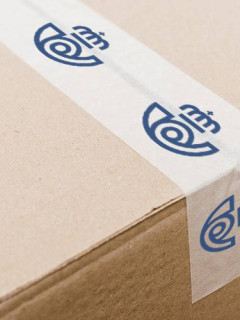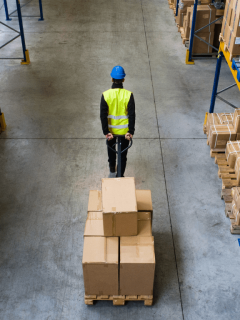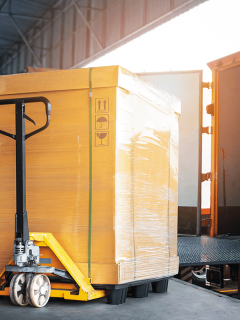This past January 1st China has stopped buying “foreign rubbish”, and, as a consequence of this, landfills across Europe are collapsing with plastic, among them, of course, are the landfills of Spain. The news is alarming, so the European Commission thinks that a tax should be created to reduce the use of plastic, we explain the details.
Why China has stopped buying “foreign rubbish”?
The situation before 2018 was ideal, Europe and the United States got rid of much waste in exchange for money and China managed to grow its demand for plastic year after year because its recycled plastic was cheaper than the new produced. China converted plastic waste into resin to make other plastic products such as pipes or bottles. The recycling of bottles worked as follows
- People put their bottles in the recycling bin
- The waste management company sells this plastic to private recycling companies
- These private companies transform them into pills of recycled material
- They restart the cycle again, either in the country of origin or in China
pero el plástico que recibían desde Europa o Estados Unidos no era siempre el ideal, muchos plásticos llegaban mal clasificados o sucios y eran muy caros de hacer el tratamiento para reciclar, al final, acababan de nuevo en un vertedero. China, cansada de llenar sus vertederos, empezó lanzando la operación Valla Verde, en el 2013, que tenía como objetivo que la basura que importara fuera de mejor calidad, hasta que, finalmente, ha acabado con la compra de residuos. Ahora China es el nuevo líder mundial en desarrollo verde.
La consecuencia más inmediata es que la basura se está acumulando en todo el mundo, y que la motivación del reciclaje se está perdiendo debido a que las píldoras de material reciclado se quedan en ninguna parte.
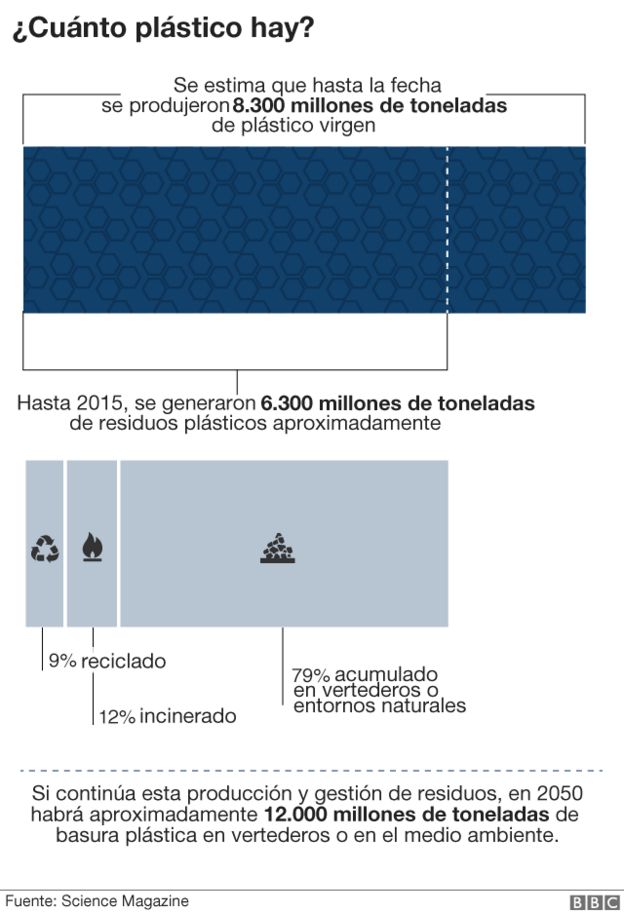
¿En qué consiste el impuesto al plástico?
Debido a la cantidad de residuos que ahora se enfrenta el mundo entero y que resultan imposibles de reciclar, la Comisión Europea ha estudiado la manera de reducirlos al máximo, piensan en
hace
- They are looking for other countries willing to buy them such as: Turkey, Nigeria, India, Thailand, Vietnam, Pakistan… But none of these countries have the capacity or the regulations that China had
- They are looking for new ways to get rid of plastic: they are investigating if there could be a way to burn it to obtain energy without generating more pollution
- They are considering the idea of leaving the waste in giant landfills, but this option is very dangerous because of the potential fires it could cause
- Changing the way we use plastic: The user has to adapt to using less and less plastic, and the government is already putting measures in place to make this happen, e.g. they are now forcing shops to charge for plastic bags.
How can packaging be adapted to this?
More and more companies are becoming environmentally conscious and are choosing eco-responsible products for their purchases. Almost half of our references (47%) are environmentally friendly. But there are also eco-friendly alternatives to plastic products such as
- Bubble wrap: With the same characteristics as classic bubble wrap but made from 50% recycled polyethylene film, this product helps to reduce the consumption of raw materials. It can also be found in bags.
- Packaging filler chips: Made from corn starch, it is 100% recyclable, biodegradable and compostable, CFC-free, water-soluble and antistatic. A good substitute for packaging fillers.
- Paper filler: The most ecological alternative filler with an excellent result, it can be found in rolls (which with the use of machines can be more economical and achieve better results) or it can be found in chips, which protects and gives a lot of colour to the deliveries.
- Plastic bags: 100% biodegradable and environmentally friendly, very durable and available in two colours, made from renewable resources, made from cereal starch, it is the best alternative to plastic bags!
- Geami WrapPak System: One of today’s trendy products and the best substitute for packaging fillers as it is made of paper and cardboard and protects like no other. 100% natural, reusable and recyclable.
- Paper adhesive tape: The ideal candidate to replace adhesive tape, it has the same features, is recyclable together with the cardboard box and is environmentally friendly, they are made of kraft paper without silicone.
how to reduce the use of plastic in packaging?
Rajapack Spain, and the whole RAJA group, contributes to ecological and environmental development, that is why we have a policy of 10 principles of respect for the environment, in which we reinforce our commitment to market reusable cardboard packaging and contribute to the preservation of natural resources.We have a solidarity program called“Women and Environment” that with the purchase of eco-responsible and 100% recycled packaging items, 1€ of the profits are donated to the RAJA-Danièle Marcovici Foundation. All our corrugated cardboard boxes are compatible with the environment and suitable for recycling, contain a minimum of 70% recycled paper and in no case are polluting. In any case, we can all help reduce plastic waste, for us, it is our daily commitment, is it for your business?Sources
top photo source: Thinkstock photos











